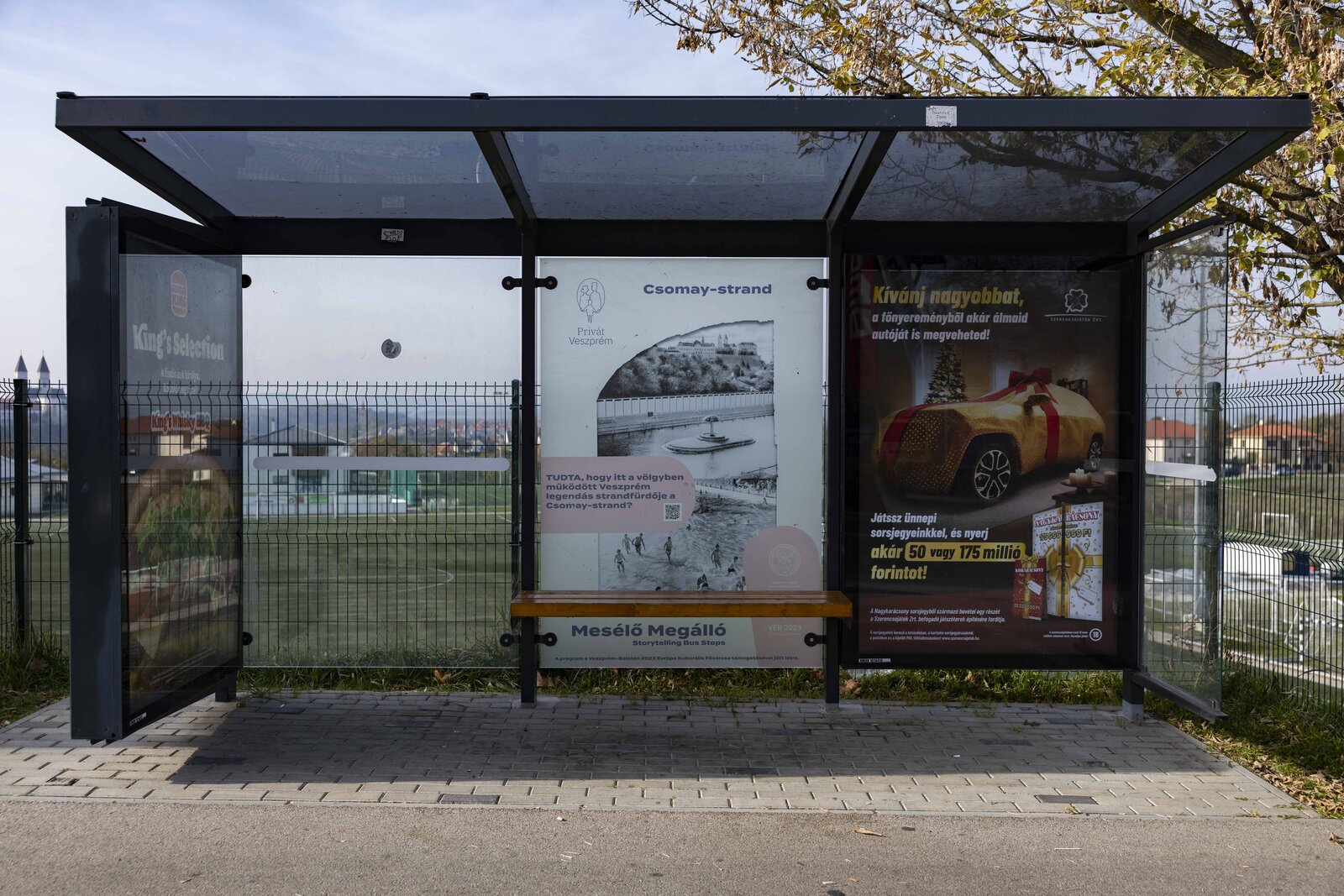Storytelling Bus Stops - Veszprém craftsmen: The chute


In the middle of the 19th century, one of the most important guild-based industrial organisations in Veszprém was that of the wooden liquid container makers. Maple wood was used for mass production, but the more ornate individual pieces were made of walnut or yew. The turning machine used to produce the containers worked with a so-called bow drive: the workpiece was turned backwards and forwards in a complete circle. The master carved off the excess with the chisel and then used an iron rod to scoop out the inside through a disc-shaped opening in the side of the container. He then sealed the opening with a precisely fitting circular plate. The finished liquid container was coated from the inside with melted resin or wax, or a mixture of the two, to prevent the liquid from seeping into the walls of the container. At the time of the 1828 census, there were 28 wooden container-makers working in the town. The Bakony woods provided the right kind of maple, and walnut and yew for the more ornate, unique pieces. The Veszprém container-makers made products of this type for the wine producers of the Balaton Uplands, and they also made the wooden containers that were once an important accessory for military equipment. Attempts to supply such drinking vessels to the army were made as early as 1742, but the Napoleonic Wars marked a surge in demand for wooden containers. In the first half of the 19th century, 368 000 containers were supplied to the military headquarters in Óbuda over a period of 21 years. The last delivery to the army took place in 1867, when 1963 pieces were delivered.

